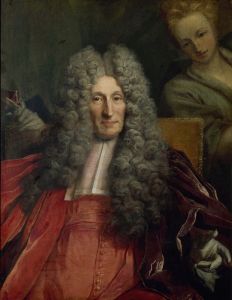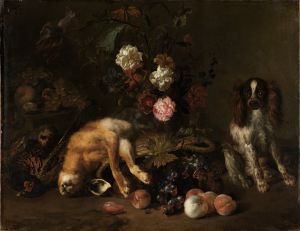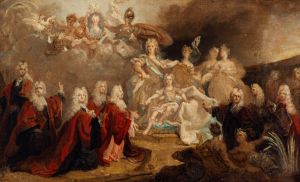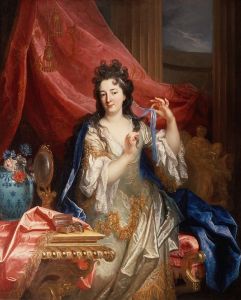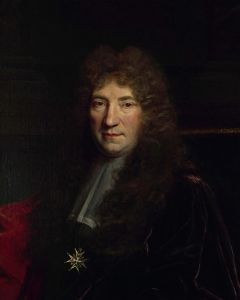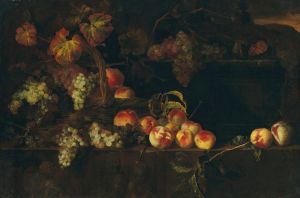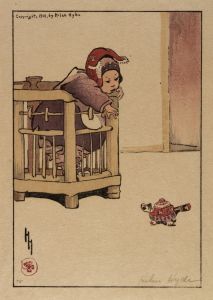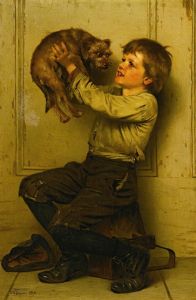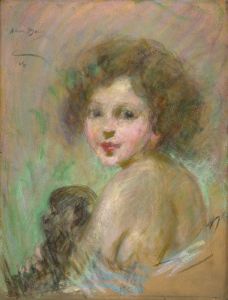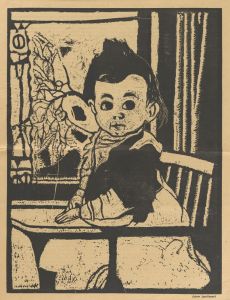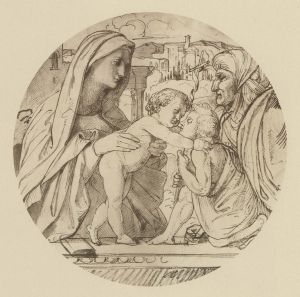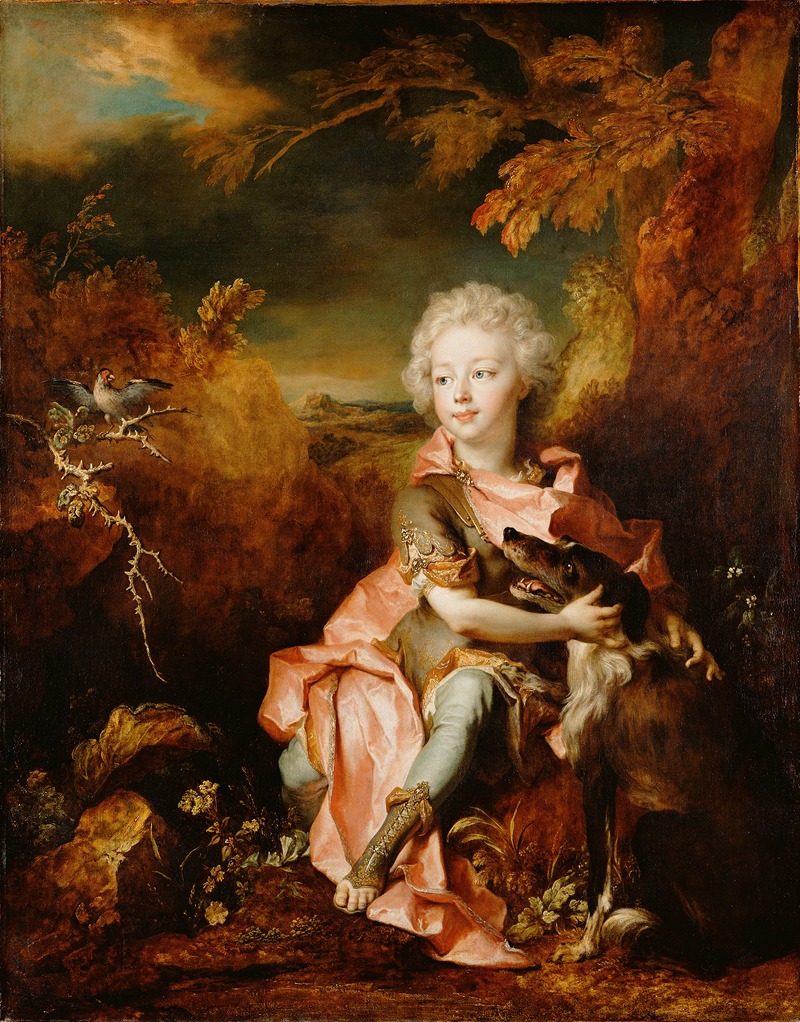
Portrait of a Boy in Fancy Dress
A hand-painted replica of Nicolas de Largillière’s masterpiece Portrait of a Boy in Fancy Dress, meticulously crafted by professional artists to capture the true essence of the original. Each piece is created with museum-quality canvas and rare mineral pigments, carefully painted by experienced artists with delicate brushstrokes and rich, layered colors to perfectly recreate the texture of the original artwork. Unlike machine-printed reproductions, this hand-painted version brings the painting to life, infused with the artist’s emotions and skill in every stroke. Whether for personal collection or home decoration, it instantly elevates the artistic atmosphere of any space.
Nicolas de Largillière was a prominent French painter known for his portraits, which captured the elegance and opulence of the French aristocracy during the late 17th and early 18th centuries. One of his notable works is "Portrait of a Boy in Fancy Dress," which exemplifies his skill in portraying the intricate details of clothing and the subtle expressions of his subjects.
"Portrait of a Boy in Fancy Dress" is a fine example of Largillière's ability to blend realism with the grandeur typical of Baroque portraiture. The painting depicts a young boy dressed in elaborate attire, indicative of the fashion and social status of the time. The boy's costume is richly detailed, featuring luxurious fabrics and ornate embellishments that reflect the wealth and sophistication of the subject's family. Largillière's attention to detail is evident in the textures of the fabric, the play of light on the boy's face, and the lifelike rendering of his features.
Largillière was born in Paris in 1656 and spent part of his early career in England, where he worked for the court of Charles II. His exposure to English portraiture, combined with his training in the Flemish tradition, influenced his style, which is characterized by a vibrant use of color and a keen eye for detail. Upon returning to France, Largillière became a sought-after portraitist, capturing the likenesses of many notable figures of his time, including royalty, nobility, and members of the bourgeoisie.
The "Portrait of a Boy in Fancy Dress" is not only a testament to Largillière's technical prowess but also provides insight into the cultural and social milieu of the period. Portraits such as this were often commissioned to commemorate significant events or to assert the status and identity of the sitter's family. The choice of costume and setting in the painting would have been carefully considered to convey a sense of prestige and refinement.
Largillière's work is characterized by a sense of movement and vitality, achieved through his dynamic compositions and the expressive poses of his subjects. In "Portrait of a Boy in Fancy Dress," the boy's pose is both formal and relaxed, suggesting a sense of youthful confidence and poise. The background, while not the focal point, complements the figure, adding depth and context to the portrait.
Throughout his career, Largillière's portraits were celebrated for their elegance and sophistication, qualities that are evident in "Portrait of a Boy in Fancy Dress." His ability to capture the essence of his subjects, combined with his mastery of color and form, secured his reputation as one of the leading portraitists of his time.
Today, Largillière's works are held in high regard and can be found in major museums and collections around the world. "Portrait of a Boy in Fancy Dress" remains a significant example of his contribution to the art of portraiture, reflecting both the artistic trends of the Baroque period and the enduring appeal of capturing human likeness in art.





